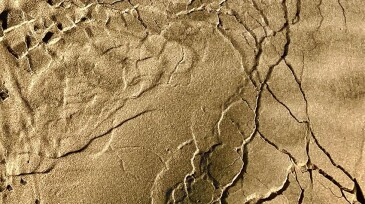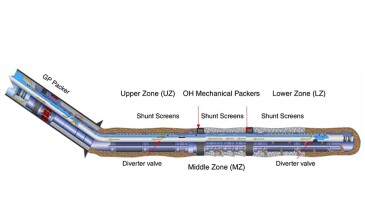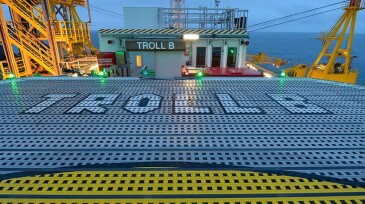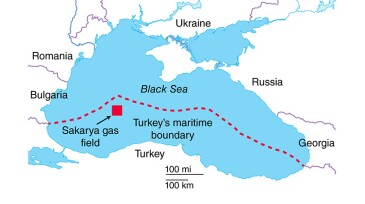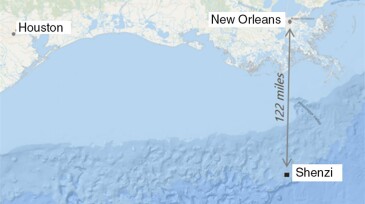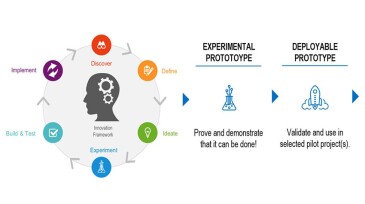Management
Oil and gas companies drilled 75 “high-impact” wells in 2024, representing 5.2 billion BOE.
Buoy-based camera footage, analyzed by artificial intelligence, can help reduce the risk of birds colliding with offshore wind farm turbines.
Over a dozen new projects aim to keep US offshore output near 1.8 million B/D through next year.
-
To ensure successful outcomes, it’s crucial to understand the battery itself, define objectives clearly, and analyze operational profiles thoroughly.
-
Matthew Bryant has spent years trying to convince engineers that the API proppant testing standard has significant limitations. And he may well be right.
-
Losing drill-hungry independent and private companies in the region to robust M&A will mean an activity slowdown that is expected to impact volumes coming from the nation’s largest oil field.
-
This paper presents the completion strategy implemented in an intelligent well completed in Malaysian deepwater Block K.
-
Updates about global exploration and production activities and developments.
-
This paper describes dynamic reservoir characterization considerations, challenges, and engineering solutions used to derisk field-development decisions confirmed by a well-testing campaign in a complex setting.
-
This paper describes development-plan optimization and a probabilistic uncertainty study using Latin hypercube experimental design constrained to production performance in a deepwater Gulf of Mexico field.
-
This paper presents the design and development of a prototype intelligent water-injection and smart allocation tool aimed at achieving autonomous waterflood operations.
-
SPE President Terry Palisch is joined by Jennifer Miskimins, department head of petroleum engineering at the Colorado School of Mines, to discuss the academic aspect of petroleum engineering and its future.
-
This paper described the use of digital twin technology to identify design modifications required at an onshore site and visualize proposed offshore assets for a Trinidad and Tobago development.





